After play testing with friends and students I realized that pre-printed cards would benefit the game. So we began the process of designing the cards.
The first step was thinking of the words we could use for each category. In the beginning we just brainstormed lists of adjectives while we were driving. How many nouns could we think of before the concert started? How many verbs in ING could we think of for every letter of the alphabet? How many adverbs could we list before one of who say, “um, is that a real word?”
The first step was thinking of the words we could use for each category. In the beginning we just brainstormed lists of adjectives while we were driving. How many nouns could we think of before the concert started? How many verbs in ING could we think of for every letter of the alphabet? How many adverbs could we list before one of who say, “um, is that a real word?”
| Then we started trying to whittle it down to our favorites. Which ones would be the most fun to draw? Which would play well with others? Which words are too much like others ones? After we had some more finalized lists to work with we started to think about what the cards would look like. I knew that if I was going to use this game in my classroom the cards would need some sort of simple definition, explanation, or example. The solution was simple; the word would be the biggest thing on the card, smack in the center, all caps. Below that would be the definition in a smaller, more basic font along with the part of speech. Another bump that came up during play testing was almost guessing the correct word, but not quite. Do I get credit if they guessed giggling instead of laughing or floating instead of flying? So we decided to include “similar words” on the cards. These would be words that were either synonyms of the main word or words that you may guess looking at an illustration of the main word. Each type of card (except nouns) would get 4 similar words, one in each corner. That way if the group guessed one of the similar words instead of the actual word, the artist could still get credit. We decided that the actual word would be worth 2 points and the similar words would be worth 1. The similar words would also help if the artists wasn’t sure what the main word means. If the definition wasn’t enough their would be other words to help decide what the word means and how to illustrate it. I knew this would be helpful for my students who struggled a bit more with vocabulary and hopefully help them improve it! Once we finalized the layout, we played around with some color. I designed a font to use for the main words (I’ll have to a blog post on that process, its pretty fun and easy). And after a few versions ended up with something we liked. |
Then came the grunt work of fine tuning the lists, defining all the words, and coming up with all the similar words. That has been the most tedious part of the project so far. We’ve been working on it for over a month and its still not done. A big shout out to all our friends who helped up proofread, edit, and brainstorm! You guys are the best and we would have never finished without you!
After we designed the cards we started searching for printers to help with a prototyping! But that’s next weeks adventure ☺
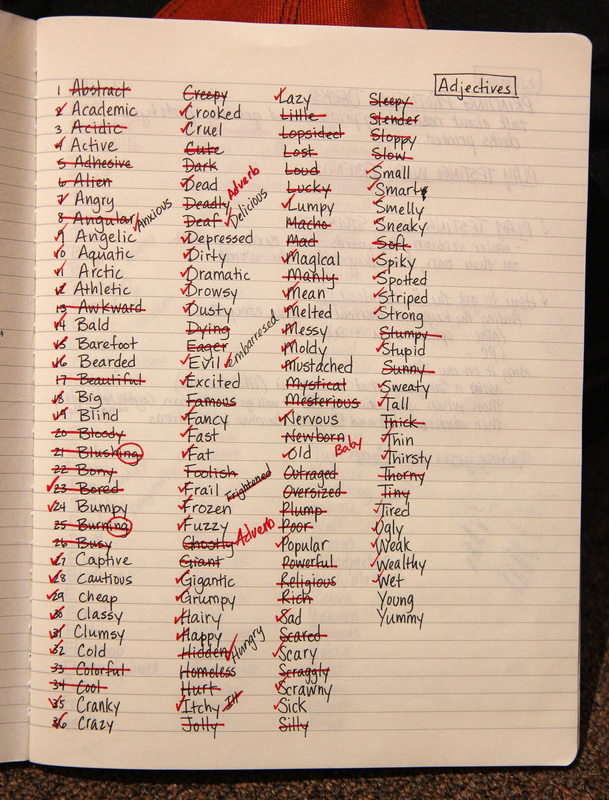
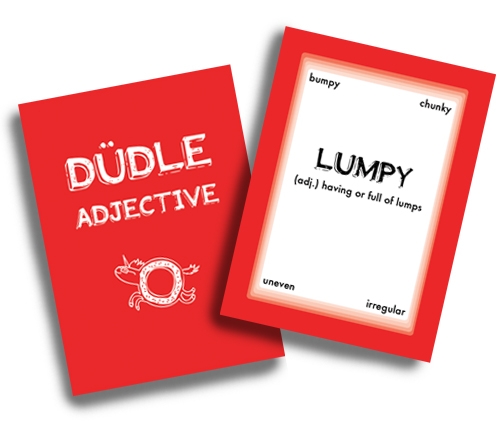
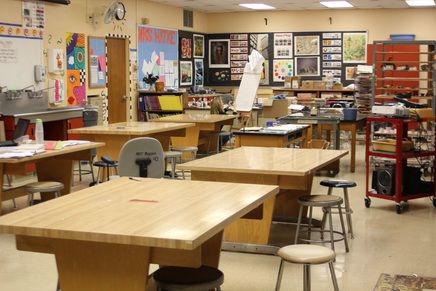
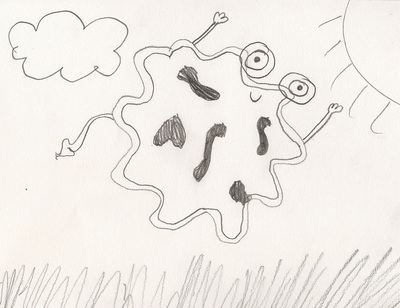
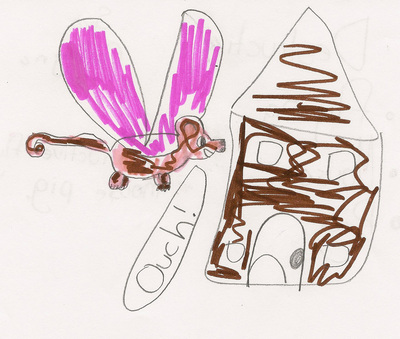
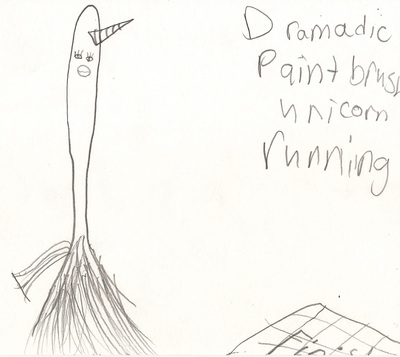
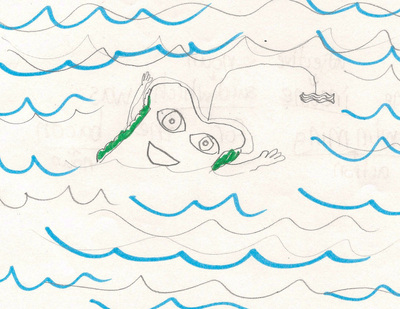
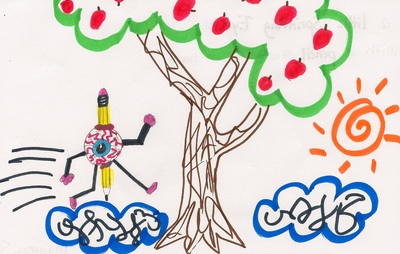
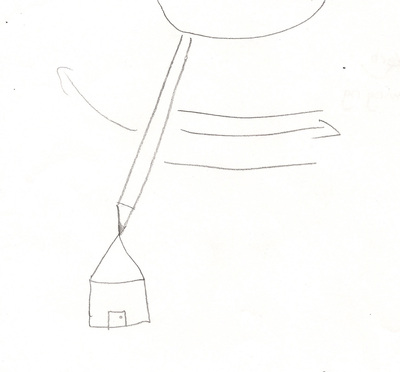
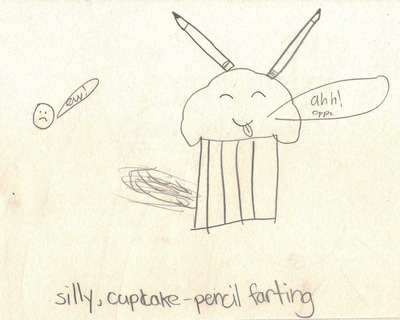
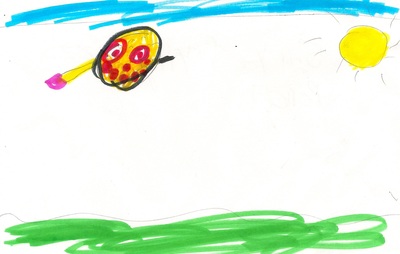
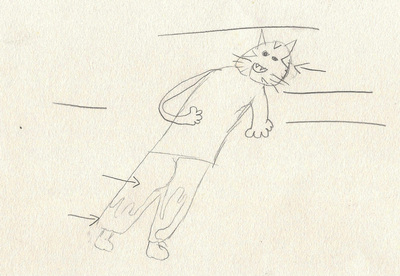
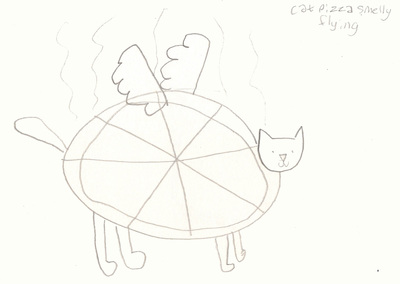
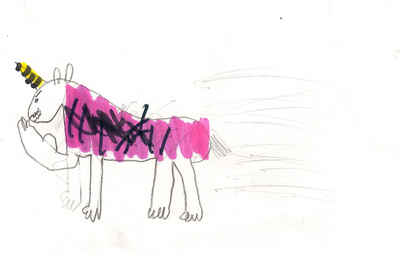
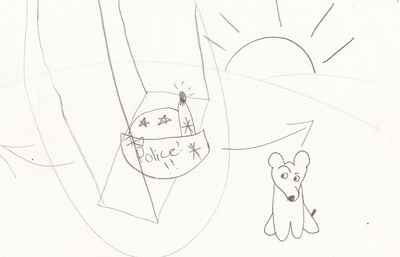
 RSS Feed
RSS Feed